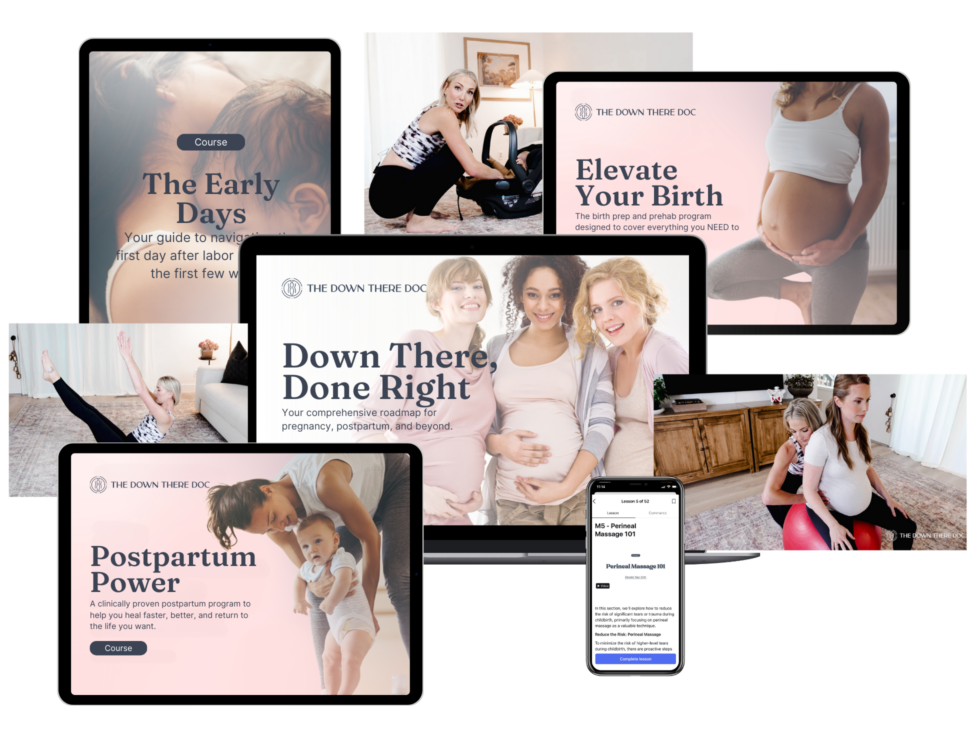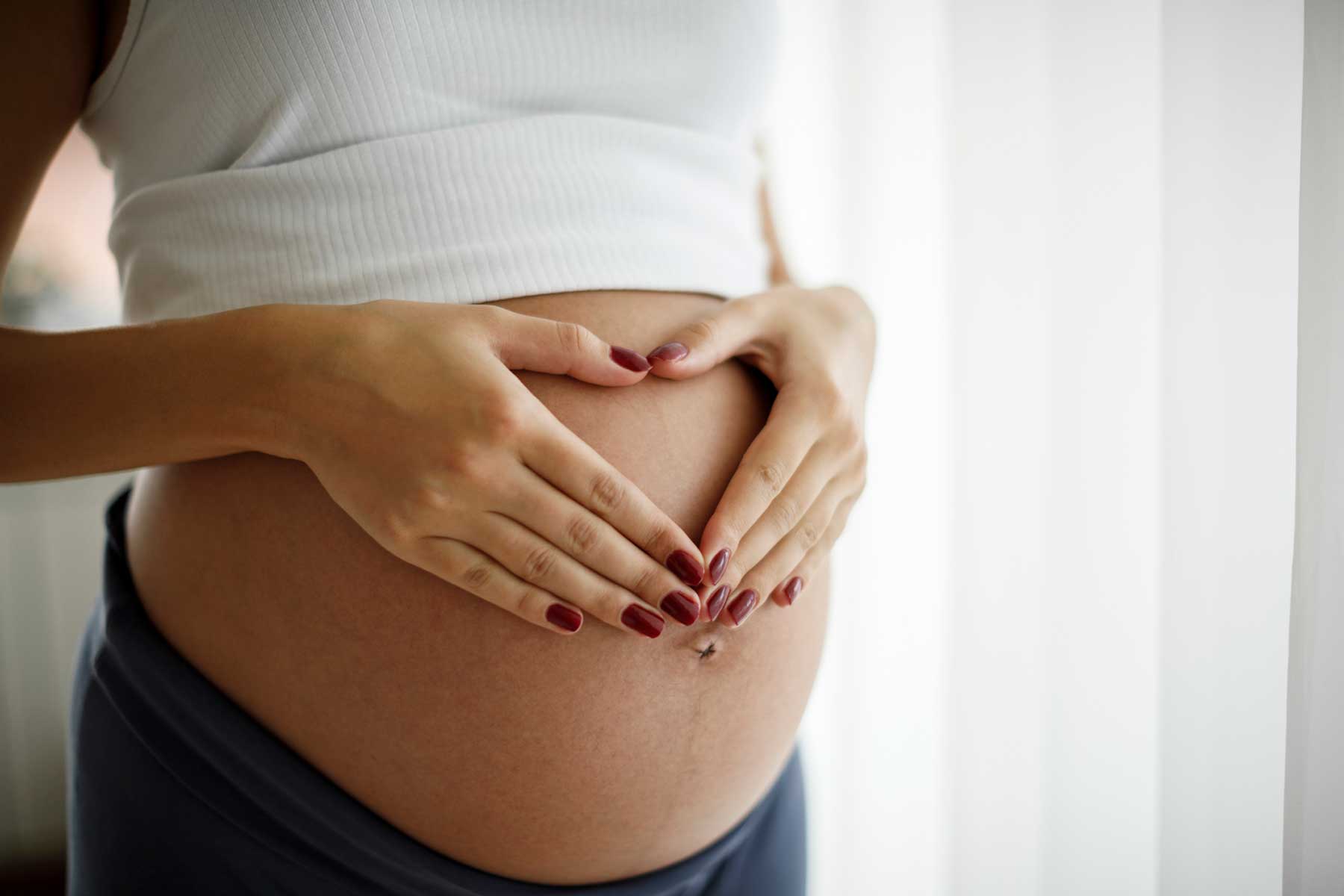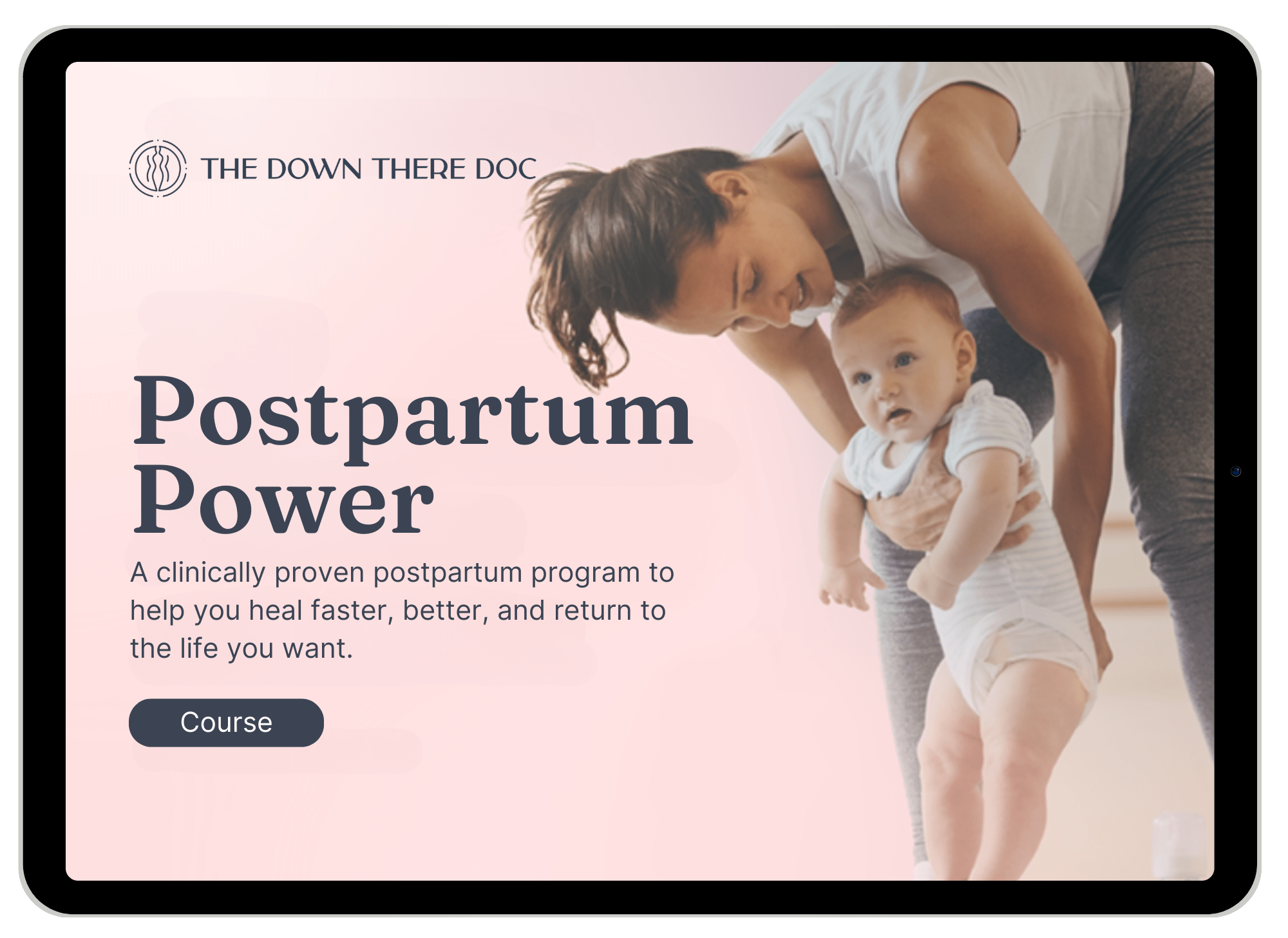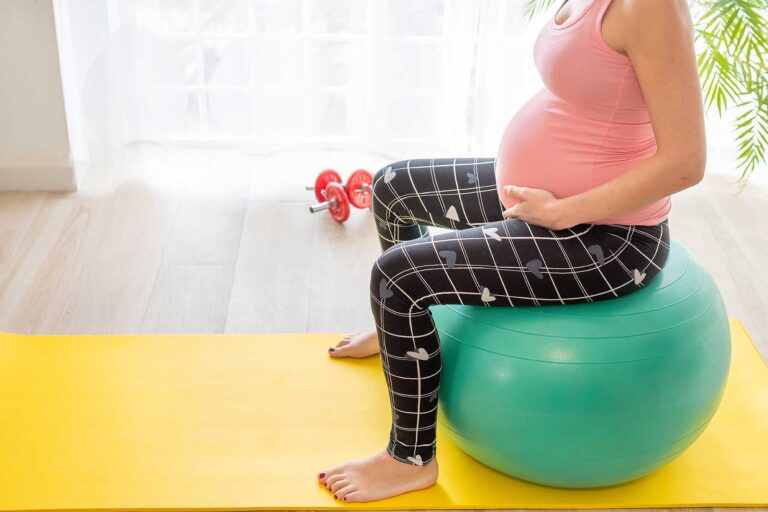Childbirth is a beautiful, transformative experience – but it can also be a challenging one for many women. One of the most common concerns among expectant mothers is the risk of vaginal tearing during delivery. Fortunately, there may be a simple and effective way to reduce this risk: perineal massage.
See Also

What is Perineal Massage?
Perineal massage involves gently stretching and massaging the tissues between the vagina and anus (the perineum) in the weeks leading up to childbirth. The theory behind this technique is that it can improve the elasticity and flexibility of the perineal tissues, reducing the likelihood of tearing or the need for an episiotomy (a surgical cut to the perineum to widen the vaginal opening).
Does it Work?
The medical consensus is that it may be effective in reducing the risk of vaginal tearing during childbirth. A systematic review and meta-analysis published in the Journal of Midwifery & Women’s Health in 2017 found that perineal massage was associated with a significant reduction in the incidence of tears and episiotomies among first-time mothers.
Another study published in the Canadian Medical Association Journal in 2018 found that perineal massage reduced the likelihood of severe perineal trauma (defined as a third or fourth-degree tear) among women delivering vaginally for the first time.
Limitations and Considerations
Of course, like any medical intervention, perineal massage is not a guarantee. The same meta-analysis mentioned above found that the overall quality of evidence supporting perineal massage was low, and some studies have reported conflicting results. Additionally, perineal massage should be done under the guidance of a healthcare provider, as improper technique or overstretching can cause discomfort or even harm. This is why some providers say it “won’t work.” Some of the evidence that they may be referring to looks at perineal massage being performed at the time of crowning, versus starting at 32 or 34 weeks pregnant.
Conclusion
That said, many healthcare providers now recommend perineal massage as a simple and non-invasive way to potentially reduce the risk of vaginal tearing during childbirth. If you’re pregnant and interested in trying perineal massage, take a look at our Push Prep 101 Webinar to get a step-by-step walkthrough of safe and appropriate perineal massage techniques!





